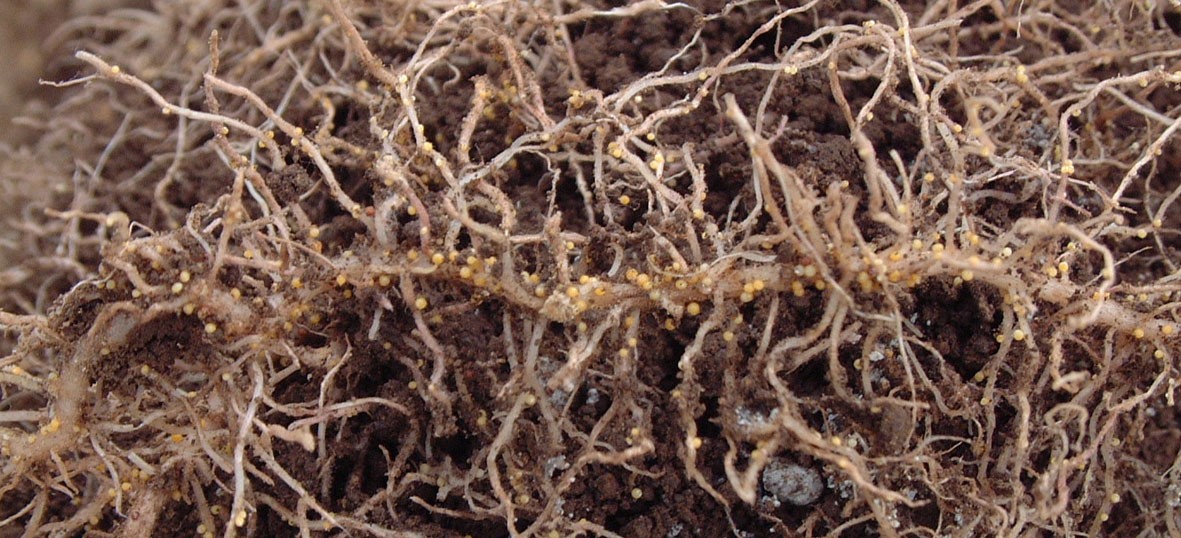2025-06-01 浙江大学(ZJU)
 The dissociative thiol-aldehyde photochemistry
The dissociative thiol-aldehyde photochemistry
<関連情報>
- https://www.zju.edu.cn/english/2025/0601/c19573a3057627/page.psp
- https://www.science.org/doi/10.1126/science.ads3880
解離性ネットワーク設計による高性能フォトポリマーの円形3Dプリンティング Circular 3D printing of high-performance photopolymers through dissociative network design
Bo Yang, Tiantian Ni, Jingjun Wu, Zizheng Fang, […] , and Tao Xie
Science Published:10 Apr 2025
DOI:https://doi.org/10.1126/science.ads3880
Editor’s summary
Whereas thermopolymers can be remelted and reused, thermoset polymers typically need to be broken back down into monomers for efficient recycling, which is possible only if the polymers are designed with this property in mind. Yang et al. explored the potential of lignin-derivable building blocks for making circular resins for three-dimensional (3D) printing (see the Perspective by Lopez de Pariza and Sardon). During printing, the photopolymerization forms dithioacetal bonds. When trying to reuse the material, rather than breaking it down into monomers, the authors reverted the polymers only partially back to photoreactive oligomers using catalytic thermal dissociation of the dithioacetal bonds. This allowed for circular use without loss of properties in each print cycle. —Marc S. Lavine
Abstract
One approach for closed-loop plastics recycling relies on reverting polymers back into monomers because one can then make new plastics without loss of properties. This depolymerization requirement restricts the molecular design to making polymers with high mechanical performance. We report a three-dimensional (3D) printing chemistry through stepwise photopolymerization by forming dithioacetal bonds. The polymerized network can be transformed back into a photoreactive oligomer by dissociation of the dithioacetal bonds. This network-oligomer transformation is reversible, therefore allowing circular 3D printing using the same material. Our approach offers the flexibility of making modular adjustments in the design of the network backbone of a polymer. This allows access to fully recyclable elastomers, crystalline polymers, and rigid glassy polymers with high mechanical toughness, making them potentially suitable for diverse applications.



